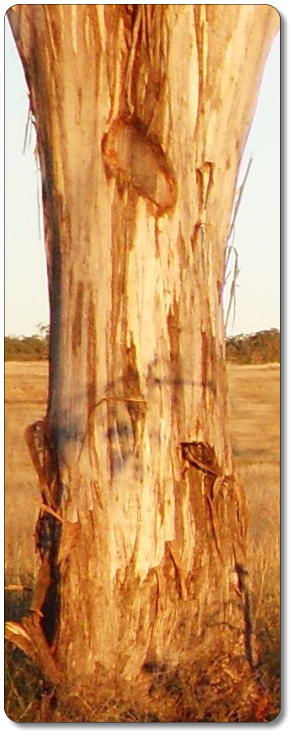© Copyright 2011 Julianne Dodds



Timber, Veneer and Plywood
1901 - 1969
The Great Depression - 1929
Towards the end of the decade the economy declined and Australia was affected by an unequalled
financial event. The Wall Street Crash in October 1929 was the most devastating stock market crash
in the history of the United States of America. The Great Depression followed, affecting most of the
world’s commerce and population.
It had turned out to be the wrong time when Mac established yet another business, Queensland
Plywood Company in July 1928. At the end of the following year the new enterprise became another
casualty of the Depression and the company was dissolved.
Severe hardship hit the working class and unemployed. If parents were unable to find work, children
were compelled to leave school as young as thirteen years and often became the primary income
earners. For adults fortunate enough to remain employed, working hours increased and wages were
cut. The timber industry was in a trough of a depression. In 1928 Mac had been selling quality plywood
for 14 shillings and 6 pence per 100 feet but in 1930 the same plywood had dropped to 12 shillings.

Ralph Symonds Factory- first factory built on reclaimed
land at Homebush Bay. [6]
Selling during hard times
In 1931, shipments of walnut logs were sent to America to be produced into veneer. There was an
outcry by plywood manufacturers because if the logs had been veneered in Australia it would have
meant further employment for so many during the Depression. In North Queensland large areas were
cleared of trees to make way for dairy farms. A forestry officer was compelled to send the logs overseas
as it was considered that Australian mills were unable to handle such a large volume of timber.
It wasn’t a good time to sell a plywood mill – in fact it wasn’t a good time to sell anything – but Mac
tried in early 1931. He advertised the complete plant of the Canadian Plywood Company. “Opportunity
to make big money quick” said the advertisement. But it didn’t sell so in February 1932 Mac put the
company into voluntary liquidation. Deshon Wood Veneer Mills was still operating in January 1933,
but not for long. Mac was also forced to sell off the property in Charles Street.
A friend in furniture
One of Mac’s acquaintances was Ralph Symonds
from Sydney who was in the furniture business.
Ralph’s business, Standardised Furniture at
Marrickville in New South Wales, closed up
during the Depression. Mac offered him a job
as manager of his veneer mill. Ralph declined the
offer but sent his family up to Brisbane instead
while he rebuilt his business in Sydney. Ralph
was a keen inventor with a great talent for
improvisation. One weekend, he presented Mac
with plans that he had made up to build an
impressive new mill in Sydney. [7] Symonds
returned to Sydney and built his large factory
at Homebush Bay. Covering over twelve acres
(five hectares), this building was the largest single industrial building in the Southern Hemisphere
when it was constructed. By 1933 Ralph Symonds had established Panels Pty. Ltd., the main product
being sliced veneer faced plywood panels. Ralph Symonds died of accidental drowning in
January 1961. [8]






























